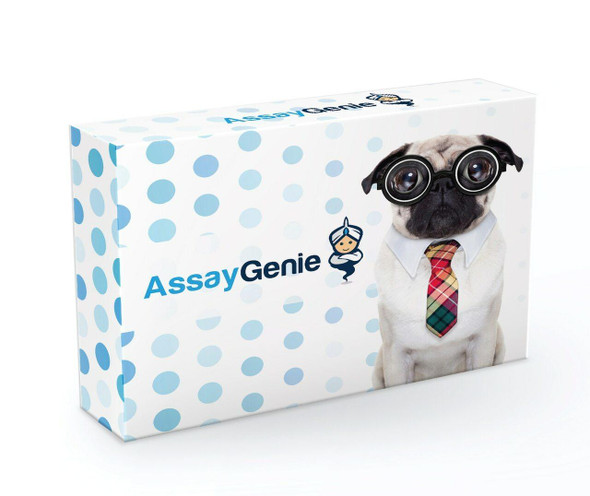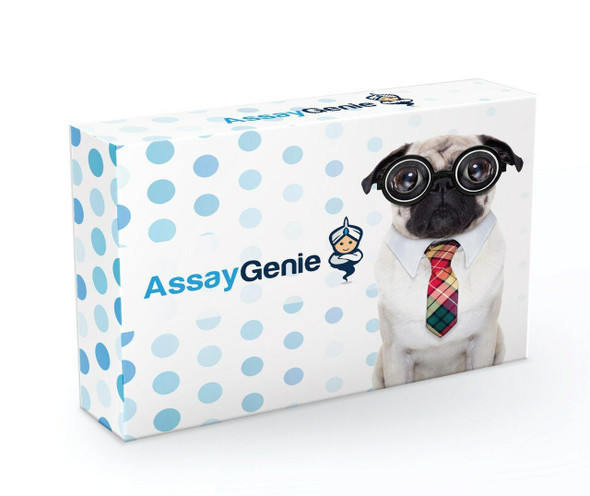Description
GST Monoclonal Monoclonal Antibody [PGSTSHG] (CPAB0426)
The GST Monoclonal Antibody (CPAB0426) is a highly specific and sensitive tool for researchers studying the Glutathione S-Transferase (GST) protein. This monoclonal antibody, produced using hybridoma technology, offers superior performance in applications such as immunohistochemistry and flow cytometry. It selectively binds to the GST protein, allowing for precise detection and quantification in a variety of sample types.The GST protein plays a crucial role in cellular detoxification processes, making it a key target for studies in drug metabolism, environmental toxicology, and oxidative stress.
By utilizing the GST Monoclonal Antibody, researchers can accurately measure GST levels in cells and tissues, aiding in the understanding of its role in disease development and therapeutic responses.With its high specificity and sensitivity, the GST Monoclonal Antibody (CPAB0426) is an essential tool for scientists conducting research in fields such as biochemistry, pharmacology, and toxicology. Its reliable performance and versatility make it an invaluable asset for investigations seeking to unravel the intricate mechanisms of GST protein function in health and disease.
| Product Name: | GST Monoclonal antibody |
| Product Sku: | CPAB0426 |
| Size: | 100μg |
| Host Species: | Mouse |
| Immunogen: | |
| Clone: | PGSTSHG. |
| Reactivity: | -GST |
| Applications: | Western Blot |
| Purification Method: | |
| Isotype: | IgG2b |
| Background: | GST family of enzymes comprises a long list of cytosolic, mitochondrial, and microsomal proteins that are 45-55 kDa (dimer form) size and are capable of multiple reactions with a multitude of substrates, both endogenous and xenobiotic. GST catalyses the conjugation of reduced glutathione meaning the sulfhydryl group, to electrophilic centers on a wide variety of substrates. This activity is useful in the detoxification of endogenous compounds such as peroxidised lipids, as well as the metabolism of xenobiotics. GST binds toxins and function as transport protein. Glutathione S-transferase is used to create the so-called 'GST gene fusion system'. The GST is used to purify and detect proteins of interest. In a GST gene fusion system, the GST sequence is incorporated into an expression vector alongside the gene sequence encoding the protein of interest. Induction of protein expression from the vector's multiple cloning sites results in expression of a fusion protein - the protein of interest fused to the GST protein. This GST-fusion protein can then be purified from cells via its high affinity for glutathione. Fusion proteins offer an important biological assay for direct protein-to-protein interactions. |
| Synonyms: | |
| Storage Buffer: |









